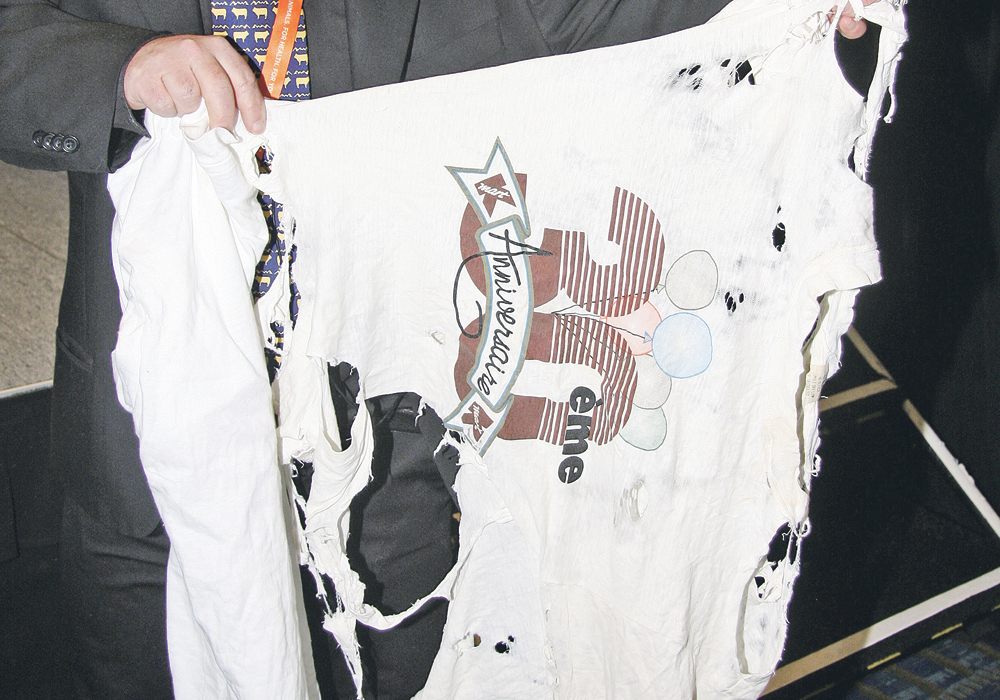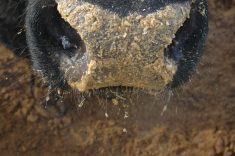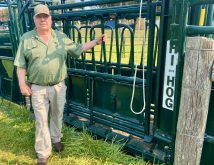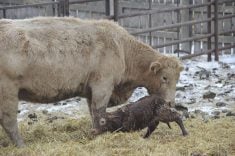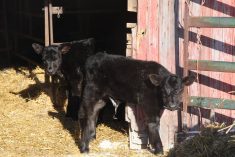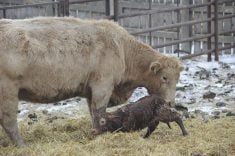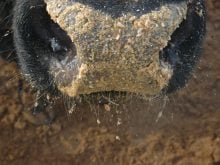A researcher says altering the composition of feed to speed up the work of these microbes will increase productivity
NEW ORLEANS, La. — A cow’s rumen is teeming with bacteria, protozoa and fungi.
“One of the most fascinating ecosystems is the rumen itself because it has among the densest populations of microbes of any known ecosystem on the planet with over 100 billion per millilitre of rumen fluid,” said Tim McAllister of Agriculture Canada.
He gave a presentation on rumen health at the National Cattlemen’s Beef Association convention held in New Orleans, Louisiana, Jan. 29-Feb. 1.
The microbes digest the feed and their byproducts feed the cow.
Read Also
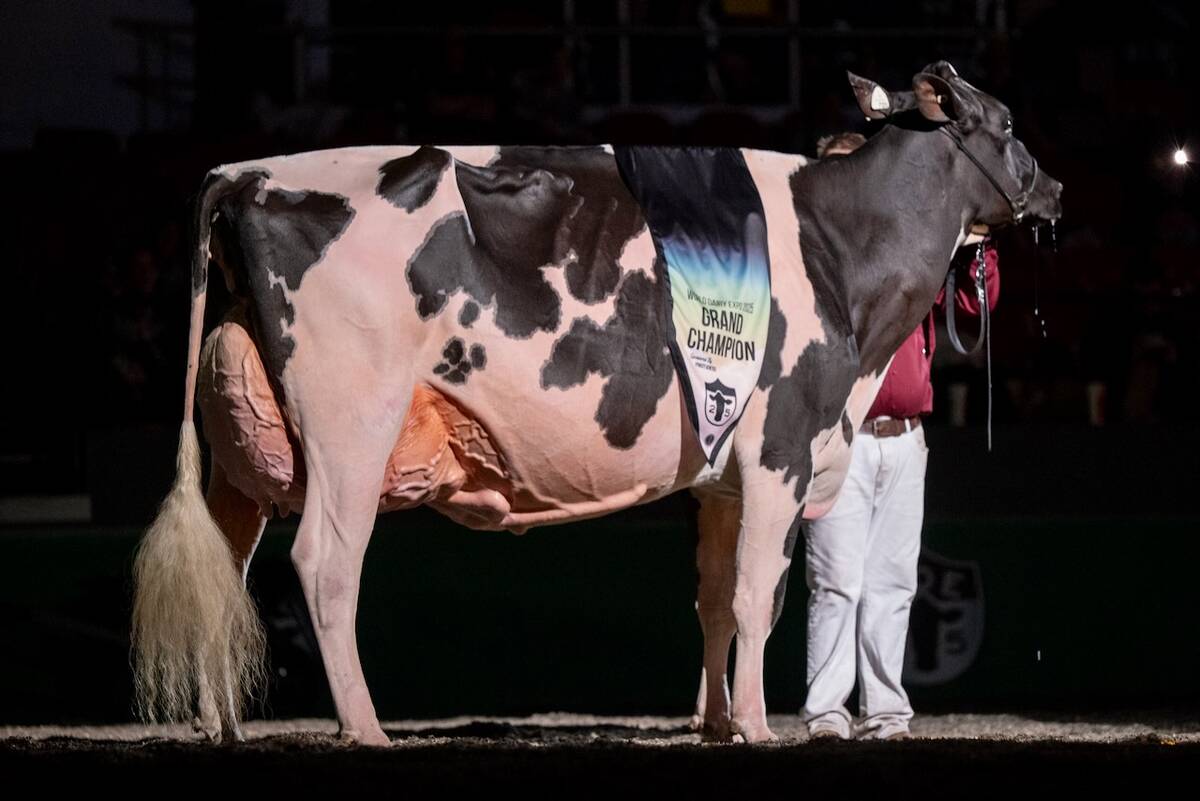
Canadian-bred cow wins World Dairy Expo Holstein show
A cow bred in Saskatchewan, Lovhill Sidekick Kandy Cane, is the Grand Champion Holstein at the 2025 World Dairy Expo.
“Everything that comes in, the microbes have the first shot at it,” said McAllister.
“We want to feed the animals in a manner that maximizes the growth of those bugs. It doesn’t matter what you feed the animal, bacteria have to attach and digest that material and break it down,” he said.
The rumen also produces hydrogen, carbon dioxide and methane.
“Methane is a natural byproduct of the fermentation process and it is important in order for that hydrogen to move from the system,” he said.
There has been lots of research to lower methane emissions but the technology does not seem to improve feed efficiency.
The microbes’ job is to break down feed and release simple sugars and synthesize protein. The sugars turn into volatile fatty acids, that is, acetate, butyrate and propionates, a major energy source produced by the growth of the bacteria. Protein is broken down and ammonia is released.
“Anything we do to alter the composition of the feed that speeds this process up, then the more rapid digestion will be and generally more productive the animal will be,” he said.
A grain-based ration is digested faster than a forage-based diet. Forage is more chemically complex and the microbes have to work harder to break down cell walls.
Plants have mechanisms to protect them from microbes. Grain has the most resistant structure to protect itself. Energy starch is stored in the endosperm and to make that nutrient available to cattle, it must be broken down. With a greater surface area, the microbes can colonize more rapidly and start the digestive process.
If the grain is not processed correctly, the starch is released too fast and causes digestive upsets.
The bacteria have been studied at the genetic level and DNA can tell researchers what is present. They have learned some species digest fibre, others digest starch and others synthesize the essential amino acids.
Under the microscope, protozoa are multi-cellular and are about 200 times larger than bacteria. They consume starch granules and work with other microbes. They come in many shapes and sizes and are more diverse in a forage-based diet than concentrates.
Removing protozoa from the rumen reduces the ability to digest fibre by 30 percent.
Fungi are also present and live a complicated life cycle. More fungi is present if the diet is heavier in fibre. They can exert physical force to crack open plant cells to aid digestion. That provides avenues for bacteria to digest the feed as well.


